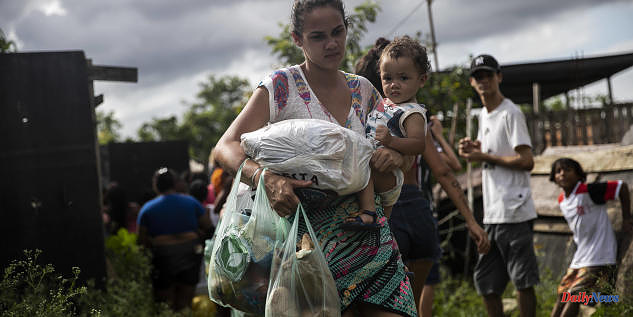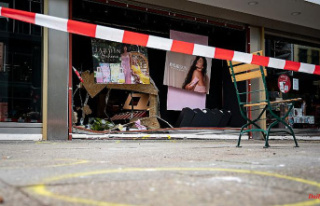According to Wednesday's study, more than 33 million Brazilians are suffering from hunger. This is 73% more than 2020. Additionally, over half of Brazil's 213 million residents are affected by food insecurity.
According to the Brazilian Network Research on Food Sovereignty and Security, "The number households with hungry members dropped from 9% (of population), to 15.5% (33.1 million people")," this study was done by the Brazilian Network Research on Food Sovereignty and Security.
"More that half of the country's population (125.2 million) lives with some level of food insecurity." This is 7.2% more than in 2020.
The Food and Agriculture Organization of the United Nations, (FAO) defines food insecurity as a person who does not have enough nutritious and safe food to sustain their growth and normal development.
According to the study's authors, this is due to the "continued leveling social policies, worsening economic crisis and the rise in social inequalities" as well as the Covid-19 pandemic in its second year. 19".
The average increase in aid to vulnerable people by President Jair Bolsonaro's "Auxilio Brasil", program, was 500 reais (100 USD) per month. However, galloping inflation (12.13% in 12 months) is eroding support.
The study points out that cash assistance has led to an increase in food insecurity in moderate and severe households. According to the study's authors, this "historic decline" is evident in Brazilian cities where more people are turning to the trash cans to get food.
In 2022, the number of hungry children in families under ten has doubled to 18.1% from 9.4% in 2020. Hunger is more common in families with single mothers and people of mixed race, including black and mixed-race individuals. The Northeast and North are more affected than any other region in the country.












